May 19, 2025 | 13:44 GMT +7
May 19, 2025 | 13:44 GMT +7
Hotline: 0913.378.918
May 19, 2025 | 13:44 GMT +7
Hotline: 0913.378.918
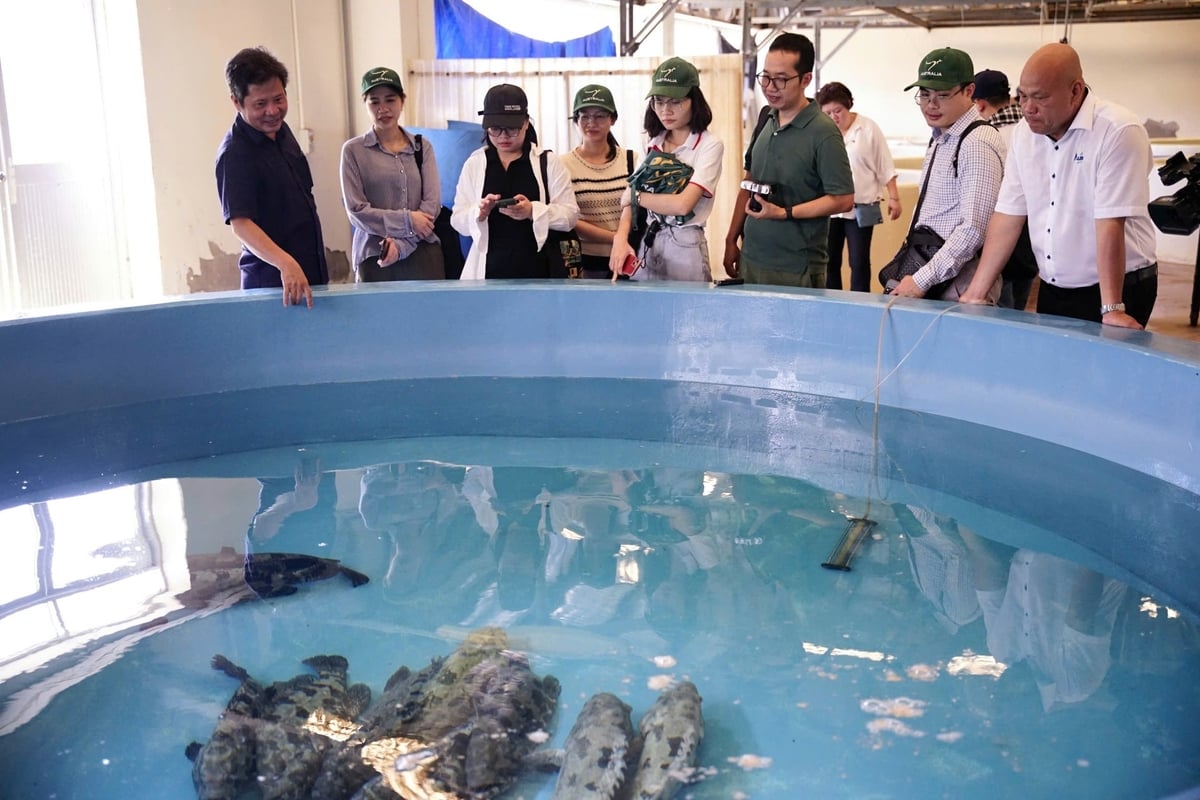
Dr. Truong Quoc Thai, Director of the Center for Marine Aquaculture Research and Development in Nha Trang (RIA3) introducing the project to reporters in the media tour held by Australian Counsulate in Ho Chi Minh City. Photo: Linh Linh.
As the aquaculture sector faces mounting pressure to adapt to climate change, saltwater intrusion, and increasing market demands for biosecurity, hybrid grouper farming is emerging as a promising new direction in Vietnam.
However, the development of the hybrid grouper supply chain continues to encounter significant technical bottlenecks, particularly in fry quality and formulated feed. To tackle these challenges, the project “Addressing key technical bottlenecks in the grouper supply chain in Vietnam" has been underway since 2024, in collaboration with James Cook University (Australia) and Vietnam’s leading aquaculture research institutes, under the ACIAR-funded project.
Hybrid grouper (Epinephelus fuscoguttatus ♀ × E. lanceolatus ♂), also known as pearl grouper, is now widely farmed in Vietnam's coastal provinces thanks to its fast growth, high salinity tolerance, and strong market value.
According to Dr. Truong Quoc Thai, Director of the Center for Marine Aquaculture Research and Development in Nha Trang (RIA3), two key technical barriers currently affect the hybrid grouper supply chain: poor-quality fry and a lack of species-specific formulated feed.
First, fry quality remains inconsistent in terms of growth and disease resistance. Since fry quality accounts for 60–70% of the success in commercial farming, research institutes and hatcheries are prioritizing the development of standardized protocols from larval to juvenile stages to ensure consistent and high-quality inputs for farmers.
Second, the lack of optimal formulated feeds for hybrid grouper limits productivity. With a grow-out cycle of 10 to 12 months, the fish’s nutritional needs shift significantly through different life stages. The absence of stage-specific nutrition formulations leads to prolonged culture periods, uneven growth rates, lower yields, and higher costs. Research teams are now working on feed formulations tailored to hybrid grouper’s needs, accompanied by on-farm trials to ensure commercial viability.
In response to these issues, the grouper project, launched in August 2024, is strategically structured to eliminate supply chain bottlenecks. The initial phase focuses on surveying farmer perceptions of formulated feeds versus traditional trash fish. In parallel, domestic ingredient assessments are underway to inform feed production trials, while institutes specializing in broodstock are refining hatchery protocols and preparing for technology transfer to small-scale aquaculture operations.
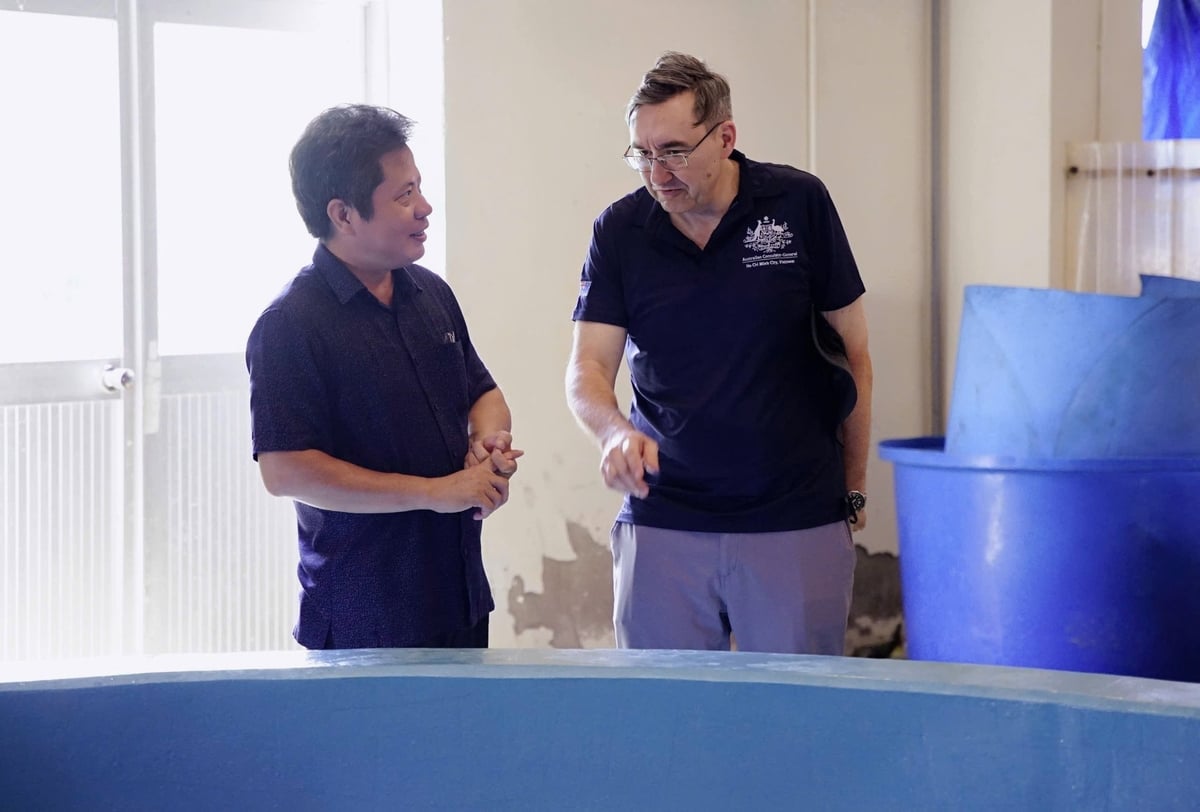
Dr. Truong Quoc Thai, Director of the Center for Marine Aquaculture Research and Development in Nha Trang (RIA3) speaking to Mr. Brent Stewart, Deputy Consul-General of Australia in Ho Chi Minh City. Photo: Linh Linh.
Importantly, the project emphasizes international cooperation, particularly with the Australian government, as a vital driver in developing sustainable aquaculture models in Vietnam. According to project partners, this collaboration extends beyond technology transfer to include human resource development, institutional capacity-building, and innovation in the broader fisheries sector.
Running from 2024 to 2027, the project involves three Vietnamese institutions: RIA1, RIA2, and RIA3, each taking on a specific component. RIA3 leads hatchery development, including larval rearing protocols and trials on feed attractants derived from hydrolyzed fish protein to improve survival and growth.
APOTEC–RIA2 is tasked with formulating feeds tailored to the hybrid grouper’s nutritional needs across life stages. The team has already completed evaluations of locally available feed ingredients and is collaborating with private-sector partners like Sam Cook to develop and test pilot formulations.
RIA1 is responsible for pilot-scale grow-out models and farmer acceptance studies. Initial findings show that while many farmers remain hesitant to transition from trash fish—due to ingrained practices and upfront costs, most acknowledge the long-term advantages of formulated feeds, including shorter grow-out periods, reduced disease risks, and improved profitability.
Dr. Truong Quoc Thai notes that all participating agencies are working systematically to finalize production protocols, nutrition models, and commercial farming practices. He emphasizes that the project’s success hinges not only on technical breakthroughs but also on empowering smallholders, who make up the majority of Vietnam’s aquaculture workforce, through knowledge transfer and institutional support.
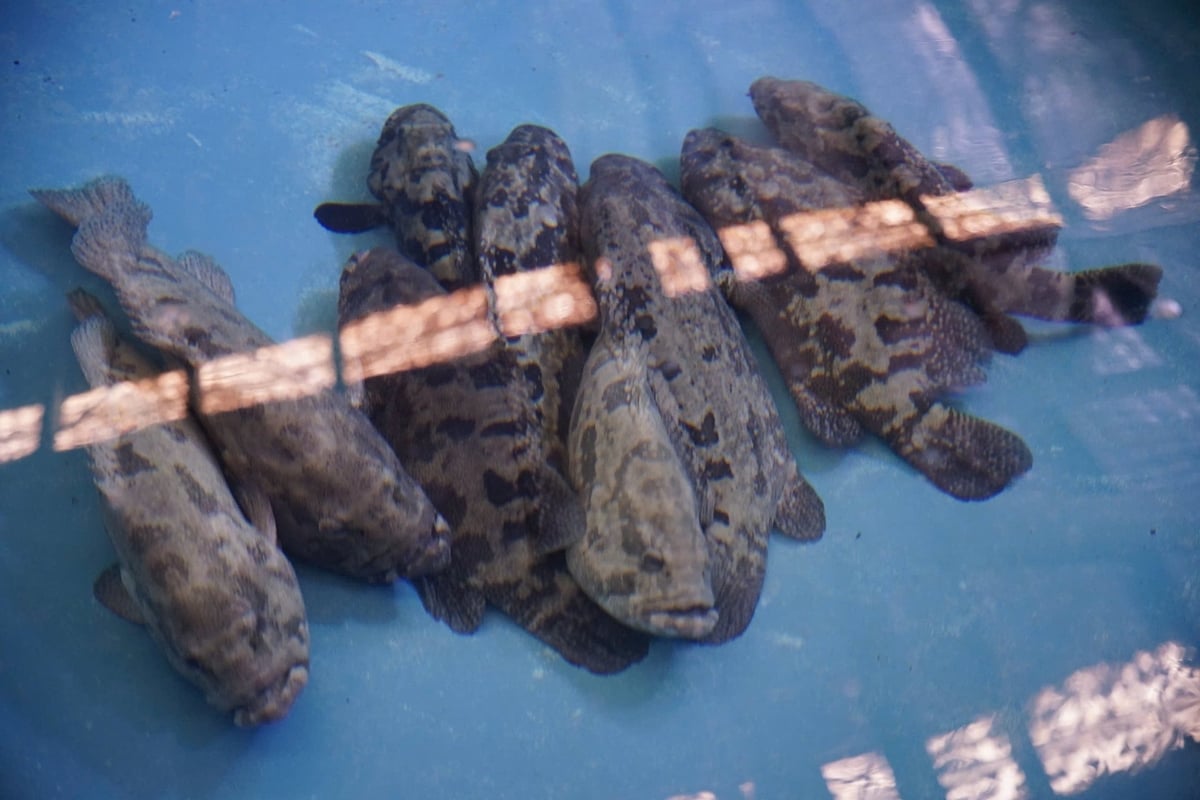
Hybrid grouper supply chain continues to encounter significant technical bottlenecks, particularly in fry quality and formulated feed. Photo: Linh Linh.
The hybrid grouper, with its high salinity tolerance, is especially suited to areas increasingly affected by saltwater intrusion, such as the Mekong Delta. In provinces like Ben Tre, initial pilot models have shown promising results. This positions hybrid grouper as a viable alternative to traditional species like pangasius and freshwater shrimp, which are increasingly challenged by changing environmental conditions.
After more than a year in operation, the project has now entered its field trial phase, with pilot models being deployed across the country’s three regions. Early responses from farmers have been encouraging, particularly in salt-affected coastal areas where hybrid grouper could replace struggling traditional species.
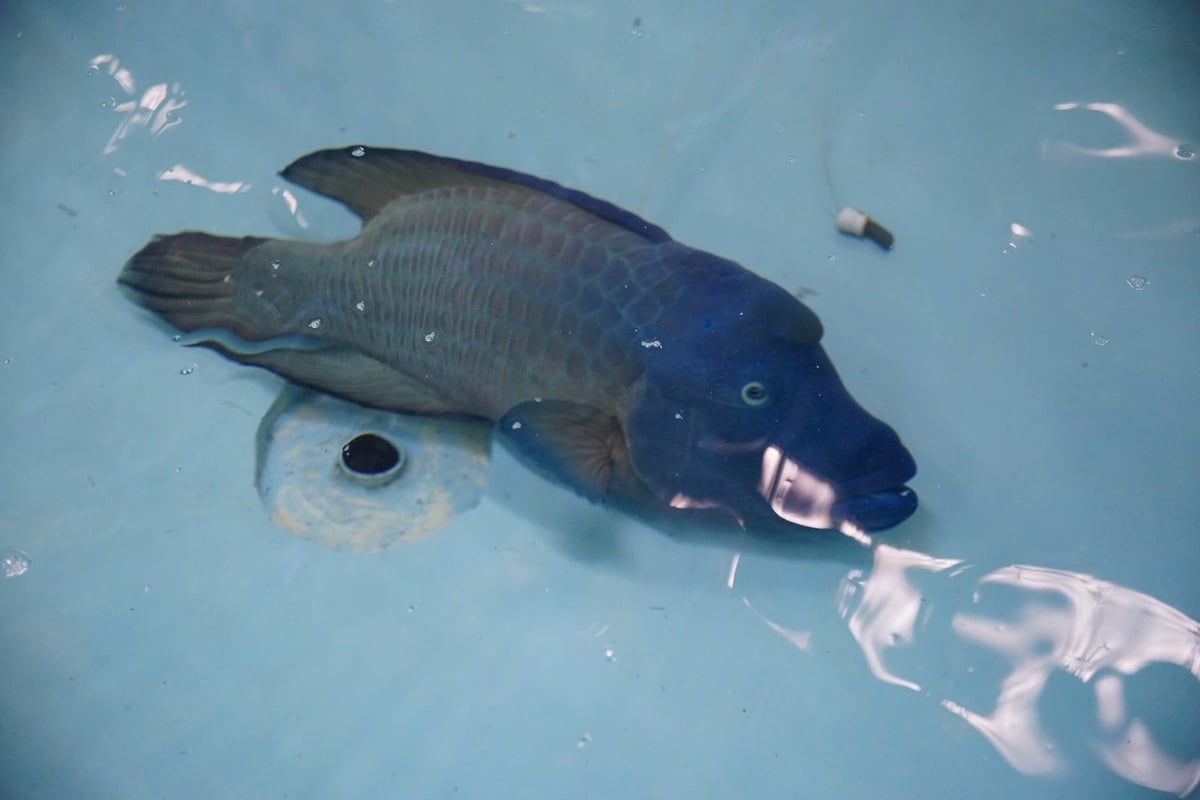
Beside the hybrid grouper, RIA is researching Humphead wrasse. Photo: Linh Linh.
Beyond this grouper initiative, Vietnam’s aquaculture institutes are actively engaged in other international collaborations, including completed projects on sea cucumbers and ongoing efforts related to mud crabs, lobsters, and other high-value marine species. These initiatives reflect a methodical, forward-looking approach to building a climate-resilient, market-driven aquaculture sector.
By addressing fundamental challenges in seed quality and feed supply, and fostering international cooperation, Vietnam’s hybrid grouper program offers a replicable model for transforming niche aquaculture into a mainstream livelihood option—resilient, profitable, and sustainable.
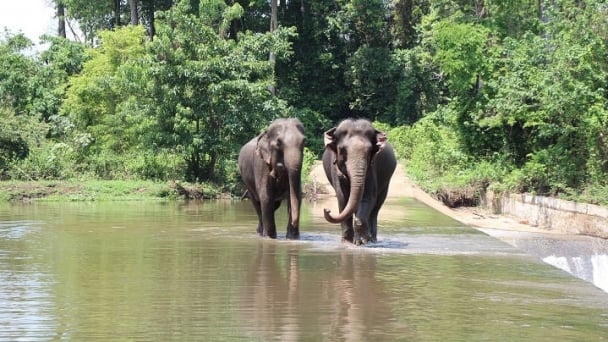
(VAN) 14 out of 35 domesticated elephants in Dak Lak province have had their living conditions improved, with 11 of them currently participating in the non-riding elephant tourism model.
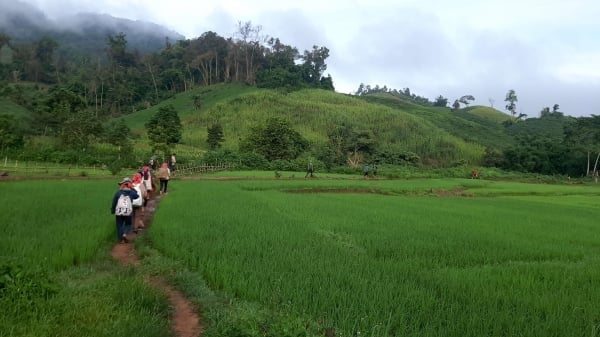
(VAN) Muong Nhe Nature Reserve hopes that being upgraded to a national park will lay the foundation for forest protection efforts to be carried out in a systematic, modern, and sustainable manner.
/2025/05/16/3923-2-171845_52.jpg)
(VAN) Lower costs, higher yields, and improved soil quality are outstanding benefits that soybeans bring when integrated into the crop rotation system.
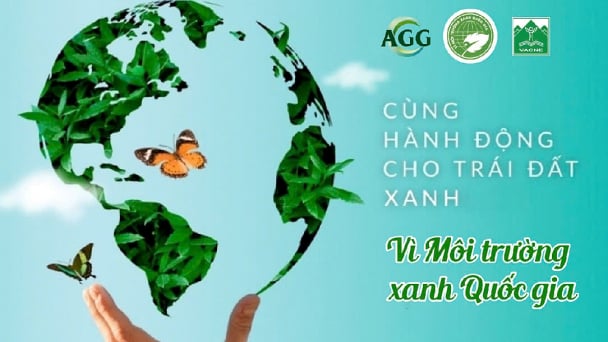
(VAN) The 'For a Green National Environment' programme aims to promote a green lifestyle, support businesses in implementing ESG practices, and turn Net Zero commitments into concrete actions.
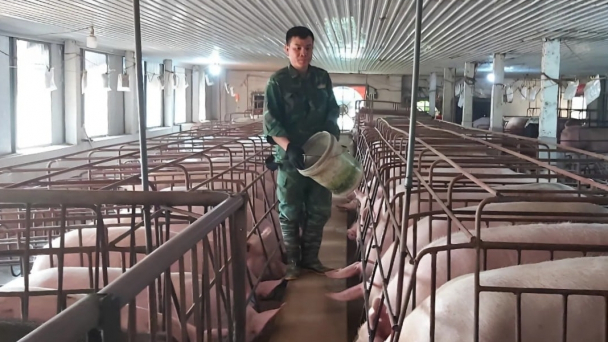
(VAN) Cold-barn systems efficiently manage environmental and temperature conditions, which aids in the prevention of respiratory diseases in pigs and protects them from the vectors that transmit African swine fevers.
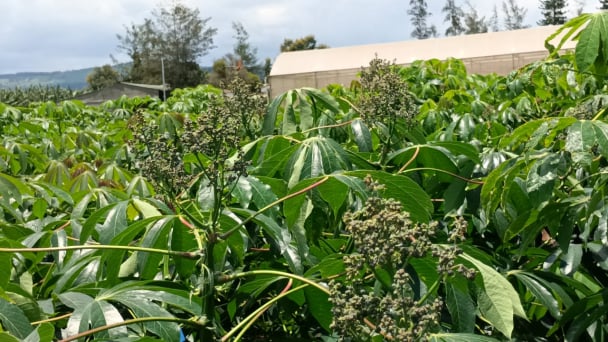
(VAN) The project 'Disease-Resilient and Sustainable Cassava Production Systems in the Mekong Region', funded by the Australian Center for International Agricultural Research (ACIAR), is being implemented from 2024 to 2028.